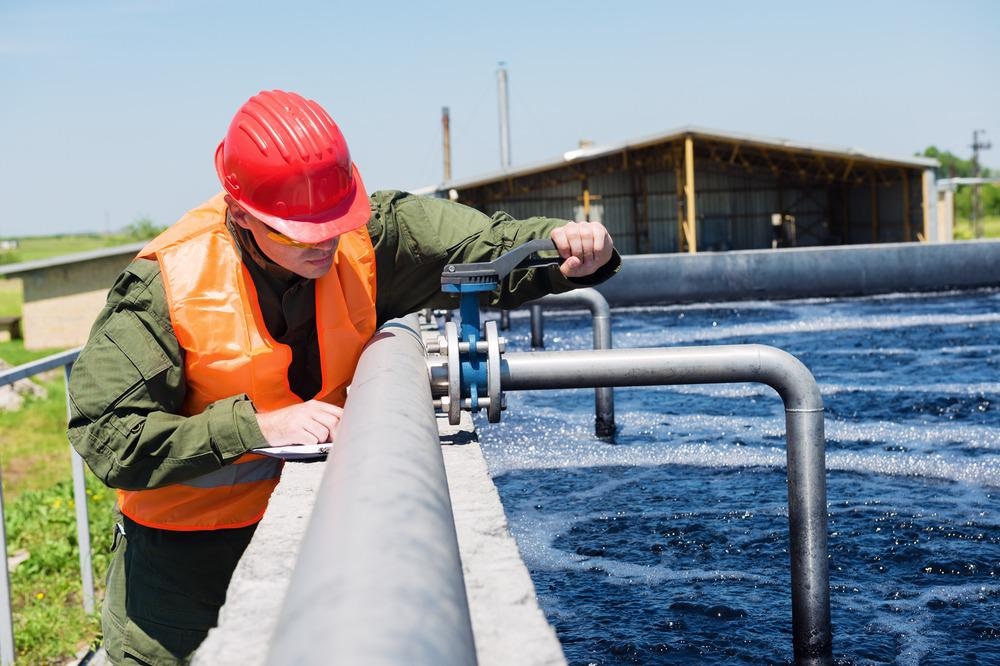Nanocelluloses have recently been the subject of research due to their promising use as materials for wastewater treatment. To explore their potential, a study published online in Nanomaterials has provided an overview of nanocelluloses as an emerging class of nano-biomaterials for applications including antifouling, adsorption, reverse osmosis, and nanofiltration.

Study: Nanocellulose-Based Materials for Water Treatment: Adsorption, Photocatalytic Degradation, Disinfection, Antifouling, and Nanofiltration. Image Credit: Avatar_023/Shutterstock.com
The Need for Safe Water
Water security is critical to human society. Providing safe, clean drinking and bathing water for the world’s population is a key concern of governments. Approximately 2.5% of all water on earth is freshwater, with only 1% fit for human consumption. 10-20% of the total wastewater produced by human activities is treated and therefore safe for reuse. This means that a considerable proportion of the human population has no access to sanitary water. Billions of people are affected by this.
Wastewater contains several harmful pollutants, such as microorganisms and both organic and inorganic compounds. The presence of these pollutants leads to disease, environmental damage, and affects water quality and biodiversity.
Over the years, several advances have been made in wastewater treatment strategies, and today, the water supply humans rely on is much safer than it has ever been. More people now have access to sanitary drinking and bathing water across both the developed and developing world. The complexity of pollutants requires specific wastewater treatment strategies, and research into advanced materials for use in treatment facilities is ongoing.
Using Nanocellulose-Based Materials
Research into nanomaterials is benefitting numerous industries. The field of water treatment is taking advantage of this class of materials to provide solutions that ensure access to clean water for the global population. Recently, nanocellulose-based materials, which are easily manufactured from natural sources such as plant material, marine organisms, and microbes, have been a particular focus within the industry. They have been explored as an alternative to conventional wastewater treatment strategies.
Currently, there are several different forms of commercially available nanocellulose on the market. The market is predicted to grow to $783 million dollars by 2025, and the global nanocellulose market is predicted to grow at a rate of 21.4% per year, compounded, until 2026. Fabrication methods include cryo-crushing, homogenization, grinding, and refining.
To manufacture nanocellulose fibers at high yields and low cost for application in wastewater treatment requires optimization of energy input and suspensions of microfibers with elevated levels of viscosity. Material characteristics can be modulated and optimized via raw material selection, processing parameters, and fabrication techniques.
More on Biomaterials: New Initiative to Create Bioplastics Made for Marine Degradation
Properties of nanocellulose materials that make them attractive for wastewater treatment include their large surface area, mechanical strength, surface charge, and stability in water. Other properties include biodegradability, biocompatibility, low density, and rheological properties. Nanocellulose-based materials need to be designed with several factors in mind: they must have an optimum balance between permeability, porosity, durability, selective binding, and filtration mechanisms.
Furthermore, the morphology, size, and surface chemistry of the materials must also be controlled so their affinity for target pollutants and ability to avoid microbial proliferation and fouling can be tuned. Nanocellulose materials have the advantage of being environmentally friendly, simple to manufacture, sustainable, non-toxic, cost-effective, and efficient.
Reviewing the Performance and Applications of Nanocellulose Materials for Wastewater Treatment
The study published in Nanomaterials has provided a review on nanocellulose materials and their potential for use in wastewater treatment strategies.
In the review, several aspects of these materials were discussed and investigated. The classifications and types were discussed, along with the unique properties of nanocellulose materials. Additionally, synthesis methods and methods to control properties such as size, geometric shape, and pathways to rationalize nanocellulose surface chemistry which makes it an attractive filtration material were explored.
Furthermore, in contrast with previous reviews that explored the intrinsic adsorption properties of the material and filtration membranes, the research presented a multidisciplinary approach that provides a critical and updated analysis of recent research and findings in the field of nanocellulose research.
The study focused on areas such as disinfection, antimicrobial activity, nano- and ultrafiltration, antifouling, photocatalytic degradation, and more that will be of use to engineers and researchers working in wastewater treatment industries. Finally, the study highlighted different approaches using a chemical modification to tune the surface chemistry of nanocellulose materials to target specific pollutants including organic fertilizers, pesticides, inorganic metal ions, and oils.
The Future
Nanocellulose materials are attractive for the water treatment industry due to their physical and chemical properties, sustainability, abundance, cost, and lack of environmental harm and toxicity. The research and multidisciplinary review set forth in the paper demonstrate that these advanced materials have the potential to replace conventional wastewater treatment strategies and improve access to safe drinking water for billions of people on the planet.
Further Reading
Salama, A et al. (2021) Nanocellulose-Based Materials for Water Treatment: Adsorption, Photocatalytic Degradation, Disinfection, Antifouling, and Nanofiltration [online] Nanomaterials 11:11 | mdpi.com. Available at: https://www.mdpi.com/2079-4991/11/11/3008/htm
Disclaimer: The views expressed here are those of the author expressed in their private capacity and do not necessarily represent the views of AZoM.com Limited T/A AZoNetwork the owner and operator of this website. This disclaimer forms part of the Terms and conditions of use of this website.